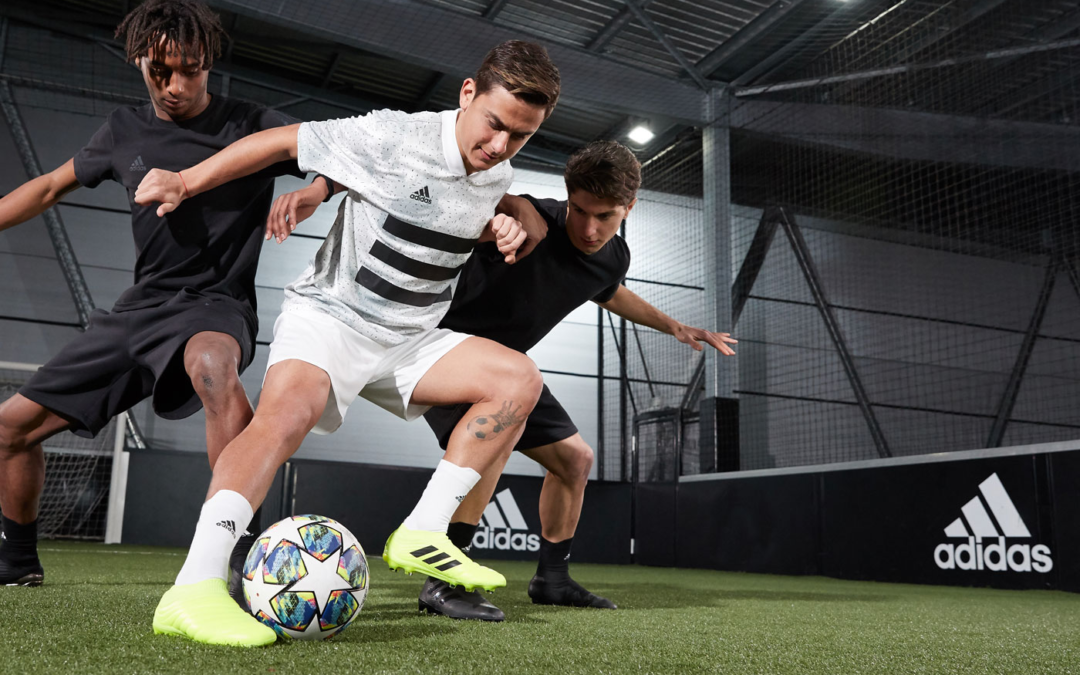As a soccer player, you must know how important are your boots. One doesn’t even straightaway go for Adidas Predator soccer cleats unless and until he knows all its features. Isn’t it? To nail your first purchase or any other purchase for that matter, you need to go into the details of soccer cleats. Many people raised doubts about the different types, features, brands, etc.
We will cover each and every variable that soccer cleats hold. It’s about matching every feature with your requirements. It isn’t necessary that what for your pal works equally effectively for you. So let’s start with a few questions.
What are there different types of soccer cleats?
One question that arises with the type of soccer cleats is about the turf conditions you play on. To choose the right model, you need to determine the surface of play. The different kinds of soccer cleats are as follows.
- Firm ground soccer cleats for natural grass
- Soft ground soccer cleats for muddy grass
- Artificial turf soccer cleats for thin carpets and indoor fields
- Synthetic grass soccer cleats for the lush and artificial grass turf
All these types are made for different purposes and the choice totally depends upon your playing conditions. The names suggest the purpose.
What features should I look for?
There is nothing other than fit, traction, accuracy, and touch that affect your performance. These features can only be experienced when you use the soccer cleats on yourself. You can’t just determine your own traction and agility by seeing someone else using the same pair. Soccer cleats come in different ankle cut collars, width, length, etc. All these variables sum up to form one product that has all those features you look for. So, your task is to determine what width, collar, and shoe length that fits you the best.
What are the different parts of a soccer shoe?
A soccer shoe comprises of the following.
- Overall material
- Midsole
- Insole
- Outsole
- Last
- Vamp
All these parts in a soccer shoe are made of a different material. For example, the vamp, which is the front most part of the shoe, comes in contact with the ball and is made of a bit harder material than others. The midsole and insole are softer to provide adequate cushioning to the feet. The heel counter must support the heel and put the whole shoe together from behind. The outsole is the main focus for traction and adjustment for different turf conditions, as it is the part that comes in contact with the ground.
How do I choose soccer cleats according to my position in the field?
No matter where you play, comfort is the most essential priority in a soccer shoe. However, the features can differ from person to person. These are the features to ensure for different players.
- Forward players need more speed and accuracy. They need to be faster than the opposition’s defenders and a lightweight pair will assist them better.
- Defenders need somewhat rigid material to attack the opposition’s forwards. Although they cannot compromise on agility and traction as well. So, a material that is hard and light at the same time will suit them.
- Midfielders need some features of both of the above. The only difference is that they need a slightly padded touch with a bit of agility. Midfielders tend to run more, so, their feet need the utmost comfort.
Considering all these variables, one can choose the ideal pair out of so many compelling options. You can choose to buy soccer cleats online or offline. Online vendors educate in detail with better comparos and relativity. However, you need to ensure that they have an excellent return and exchange policy. If you wish to order online, try to invest in branded ones only, like the Adidas Predator soccer cleats.

